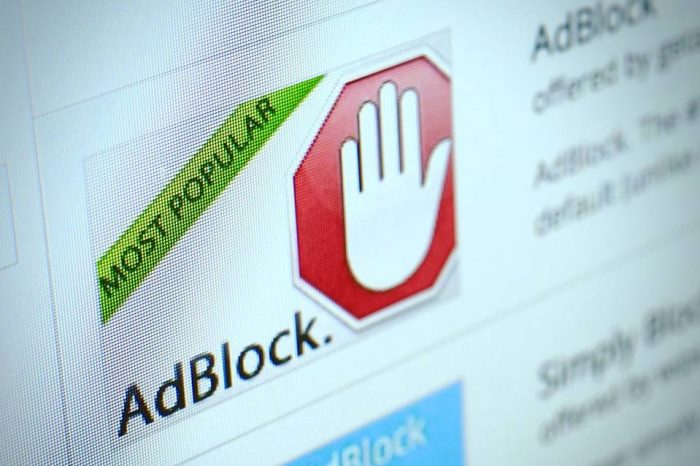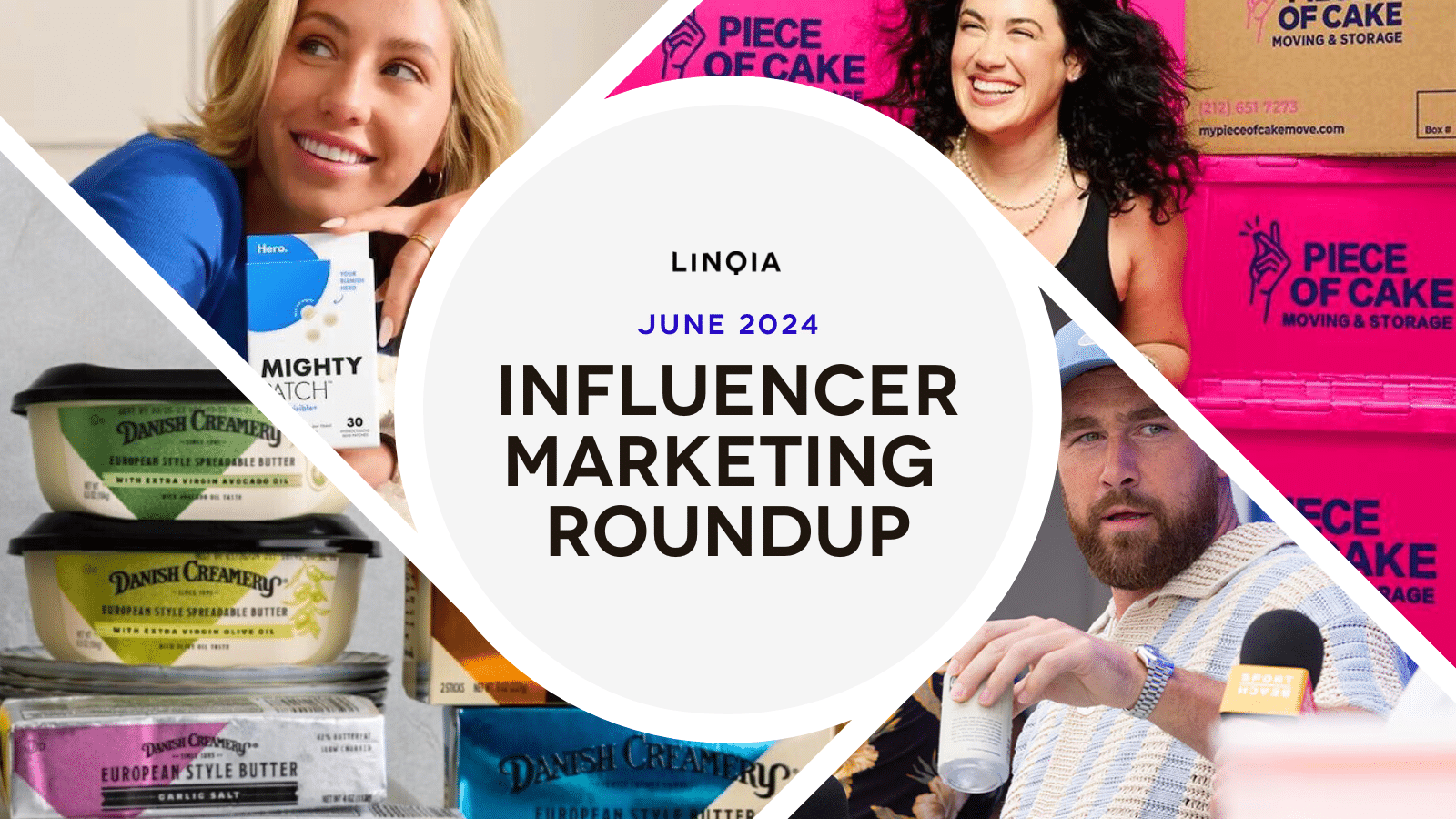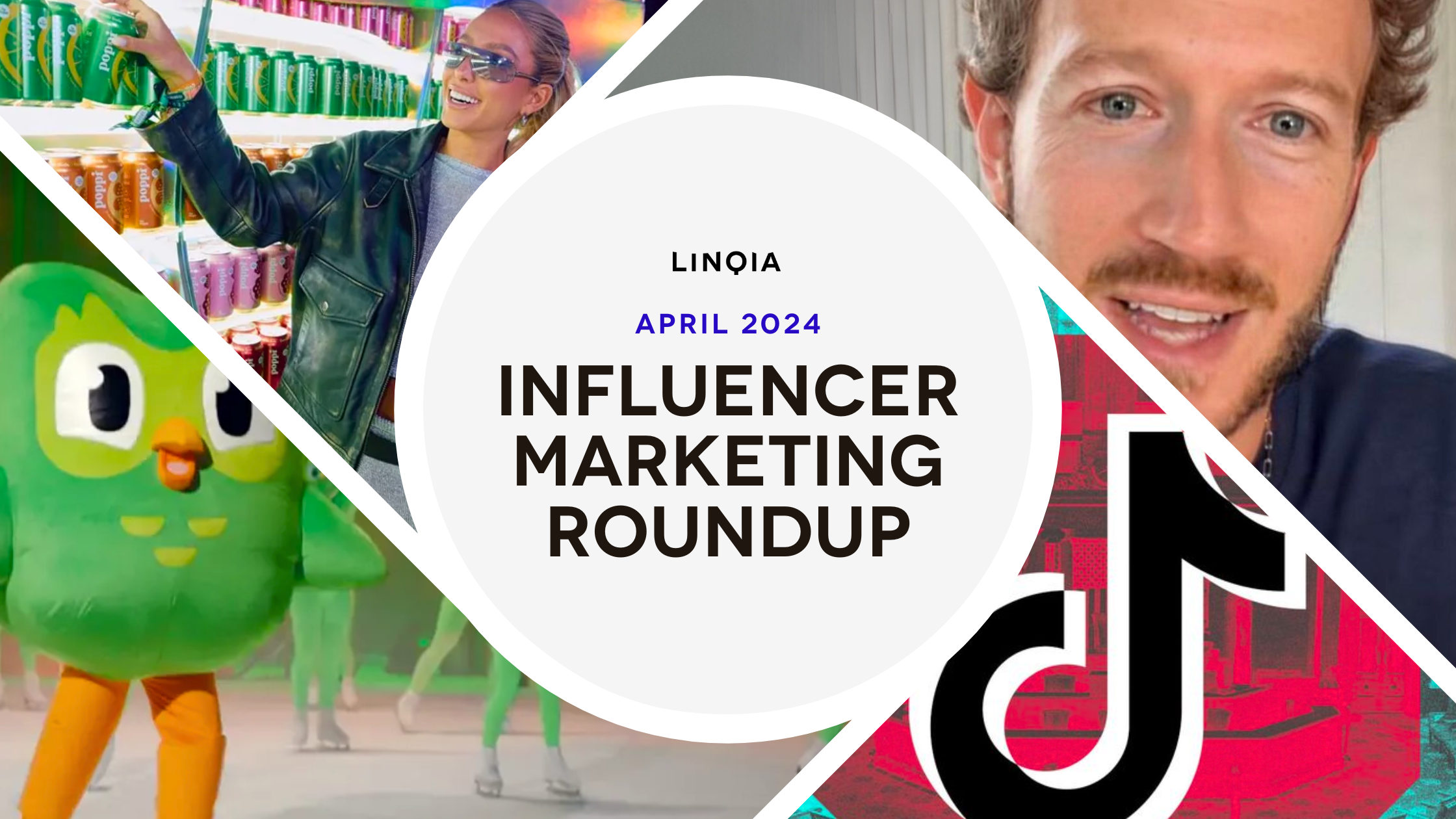Ad blocking, while a boon to the majority of internet users, will wrinkle the nose of most advertising and marketing folks.
At the 2016 Mobile World Congress execs from Yahoo and Google expressed their frustration with ad blocking, positing that it would destroy the relationships between consumers and advertisers. Yahoo’s VP of Advertising, Nick Hugh, stated, “some (ads) are very good, and if you block everyone you completely destroy the value exchange and the ecosystem.”
But was that relationship ever a good one to begin with?
Ad blocking adoption rates worldwide are growing 30% year over year and grew by 16.2% in the United States. With this growing popularity, it is clear that consumers are fed up with the current modes of digital advertising. Beyond the annoying and boring pop ups, overlays, pre-rolls, autoplay sidebar videos, and in-the-way banners, these types of ads also commit a cardinal internet sin: slowing down page loads.
All these forms of digital advertising have done for consumers is waste their time and data, so is it surprising that users want to break up?
Advertisers are going through the stages of loss: denial, grief, anger.
But there is a more proactive and zen-like solution for their consumer relationship issues: influencer marketing.
Research shows that influencer marketing can sway the opinions of today’s consumers more effectively than digital advertising. Influencer content, by its nature, is “native,” meaning it is a part of the website or platform content and therefore cannot be blocked. This is an obvious advantage of influencers, but there are other, more subtle bonuses to using influencers to spread your company’s message.
- Influencers are more trusted than most other types of digital advertising – 92% of consumers trust recommendations from others – even people they don’t know well – over branded content. Micro-influencers, who have between 2,500 and 250,000 followers, are especially effective, as they are able to foster higher levels of authentic engagement than top-tier and celebrity influencers.
- Influencer marketing ensures that your ad will be seen by consumers who find it relevant. Influencers have become popular because they deeply understand the nuances of what resonates with a niche audience, and they are experts at developing content to drive the most engagement from their readers and followers. Because our influencers are compensated for delivering results, they are invested in driving traffic that is qualified. As a result, the average CTR on influencer content run through Linqia’s platform can be as high as 7%, compared to an industry average of .05% for display ads.
- Influencer marketing is as affordable at scale as traditional digital advertising options. Influencer Marketing used to mean that a brand would pay four-figure (or more) sums for a single post or video with no guarantee of ROI. This type of influencer partnership still exists, however influencer marketing platforms like Linqia will automatically discover and match you with the most relevant influencers for achieving your goals, track each influencer’s content performance and provide you with insights to help you optimize the performance of your paid, owned and earned media by promoting that content to relevant audience segments.
- You only have to pay for the results that are delivered. While many influencer marketing partners charge brands per post, the best platforms only charge for results that are delivered. This enables brands to prove the effectiveness, optimize their campaigns and then invest more in what’s working. The influencer marketing campaigns run through Linqia’s network are so successful that over 90% of our clients chose to run multi-flight campaigns with us, taking a more long-term, strategic approach to building brand awareness and engaging consumers over time.
Ad blocking isn’t the end of an era as much as it is an evolution of how brands understand and communicate with consumers. If you would like to learn more about how top brands are leveraging influencers to meet their reach, engagement, traffic and conversion goals, check out our customer case studies.




